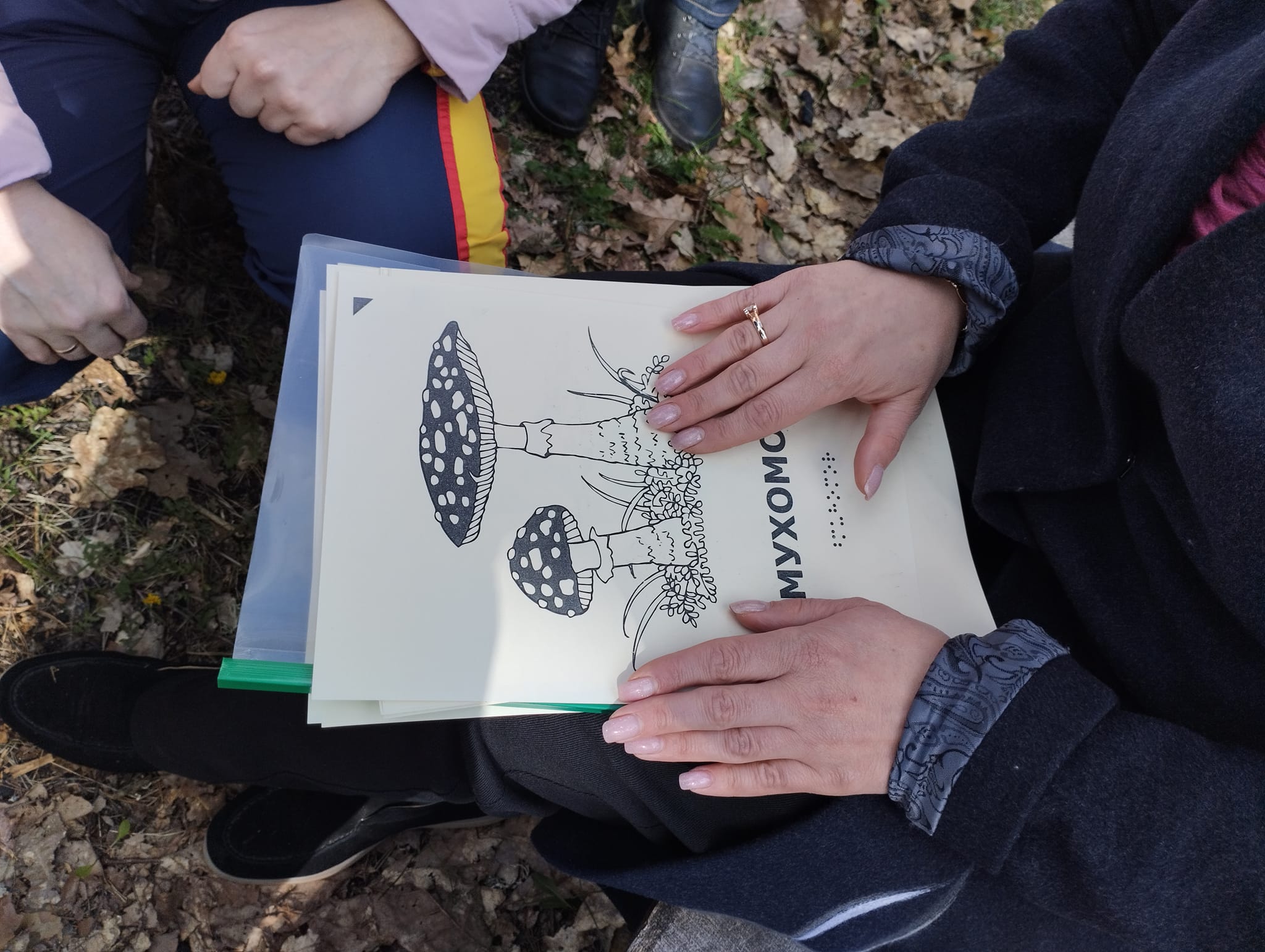Published on 31 Jul 2024
Tourism can be a resource in many fields, offering economic and social opportunities. With the outbreak of the war in Ukraine, it was necessary to adapt and find new ways to face the situation. The TExTOUR project, which co-creates development strategies for sustainable cultural tourism, has demonstrated this ability to adapt in the pilot of the Rivne region.
This area, placed along the European Cultural Route of Via Regia connecting 8 countries, has transformed its challenges into opportunities.
The VIA REGIA is the oldest and longest road link between the east and the west of Europe. It has been awarded as “Cultural Route of the Council of Europe”. Such Cultural Routes are an invitation to travel and discover Europe’s rich and diverse heritage. They bring people and places together in networks of shared history and heritage. As such, the VIA REGIA and the Cultural Route network are powerful tools for developing combined travel offers to international travellers. Via Regia is considered a symbol of European unification. This symbolism was taken as a ground for developing cultural tourism in the Rivne region by looking for shared values and creating unique tourist products, which brings multiple stakeholders together.
The TExTOUR project pilot has managed to engage the populations most affected by the war, particularly internal migrants, offering them a sense of belonging and involving them in tourism activities.
Rivne cultural tourism actions have shown the true value of unity in a broad sense: not just as a way to do business but also as a way to solve pressing social problems.
Read more: Road to integration through cultural tourism



